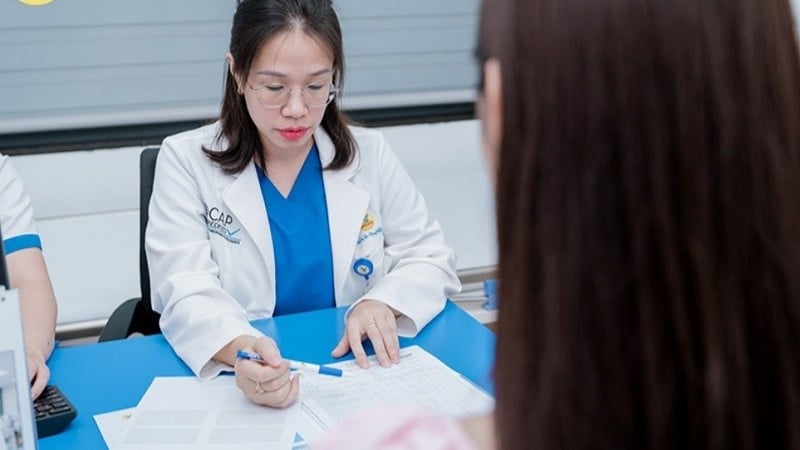
Hospitalized for high intensity gym workouts and excessive dieting
Two days before being admitted to the hospital, patient D.DL (25 years old) had a high-intensity gym session, lasting 2 hours/session. Afterwards, he experienced pain in both thigh muscles, with the right thigh being more painful than the left, accompanied by dark urine. At the hospital, the patient was ordered to undergo tests and imaging to assess the cause of the muscle pain.
The results of the muscle enzyme test (CK total) increased to 111825.00 U/L (normal range is 38-174 U/L). Ultrasound showed hypoechoic areas in the right and left quadriceps muscle tissue, monitoring acute damage. Based on the clinical symptoms and results above, Mr. L. was diagnosed with acute rhabdomyolysis. The patient was admitted to the hospital for inpatient treatment and discharged after 7 days.
According to doctors, young people's bodies are still in a stage of rapid development, so strict dieting combined with high-intensity gym training poses many health risks.
Also with the mentality of dieting and high intensity gym workouts to lose weight, recently, a 16 year old female student was taken to the doctor by her parents for secondary amenorrhea, risk of ovarian damage and reproductive health consequences.
About a year ago, NTPC (16 years old, Nghe An ) started to lose weight by dieting and exercising (losing 7kg in 2 months). After losing weight, the female student returned to her normal lifestyle but has not had a period for 10 months. Her parents took her for a general health check-up but no abnormalities were found. Her parents were worried so they continued to take her to Medlatec Nghe An General Clinic for endocrine testing.
Here, the doctor conducted a clinical examination and prescribed the necessary techniques for diagnosis. Based on the patient's medical history, she began menstruating at the age of 12. After a period of amenorrhea, she used herbal medicine for 2 months (unknown type) to regulate her period but did not menstruate.
The ultrasound image of the adnexa did not detect any abnormalities. The test results showed that the LH index was 1.19 mU/ml and E2 was 16.93 pg/ml, slightly decreased. The diagnosis was that the patient had functional secondary amenorrhea due to the hypothalamus.
The doctor prescribed a medical treatment regimen, scheduled a follow-up visit after 4 months, and instructed me to follow a healthy lifestyle including eating a nutritious diet, not staying up late, getting enough sleep, and avoiding stress.
Unscientific weight loss has serious impacts on health
Unscientific weight loss methods, especially fasting, extreme calorie cutting and high-intensity exercise, not only affect physical development but also cause serious endocrine problems.
In the case of the young man above, specialist doctor I Dao Viet Hung - Internal Medicine, Medlatec General Hospital said, rhabdomyolysis is a damage that destroys skeletal muscle cells, releasing substances that are components of skeletal muscle cells into the blood such as: creatine kinase, myoglobin, phosphorus.
The typical triad of symptoms of rhabdomyolysis is muscle pain, muscle weakness and dark (tea-colored) urine. However, in clinical practice, doctors only encounter about 10% of patients with all three typical symptoms. The remaining 90% of patients have incomplete symptoms or even no clinical symptoms.
In addition, the patient may experience fatigue, nausea, mild fever, little or no urine (risk of acute kidney failure), rapid heartbeat, cramps, and convulsions due to electrolyte disturbances.
Dr. Hung said that if not detected and treated early, acute rhabdomyolysis can cause serious complications such as: acute renal failure, electrolyte disturbances, convulsions, arrhythmias, metabolic acidosis, hypotension, hypovolemic shock, coagulation disorders (DIC), liver damage, and multi-system organ damage.
Although rhabdomyolysis is very dangerous, if detected early and treated properly, the disease can be completely cured. Dr. Hung recommends that if abnormal symptoms suggestive of rhabdomyolysis appear, the patient should immediately go to a medical facility for timely examination and treatment.
In the case of unscientific fasting, the risk of secondary amenorrhea can occur. Master, Doctor Nguyen Thi Trang - Obstetrics and Gynecology Specialist, Medlatec Nghe An General Clinic said that secondary amenorrhea of the hypothalamus is a disorder of the hypothalamus-pituitary-ovarian axis, which often occurs when the body is affected by prolonged stress, rapid weight loss, excessive exercise or eating disorders. At that time, the brain reduces the production of GnRH hormone, causing the pituitary gland to not secrete enough FSH and LH to stimulate ovarian activity, leading to temporary amenorrhea.
If not detected and treated early, prolonged secondary amenorrhea can cause many serious consequences such as: Reduced bone density, early osteoporosis due to prolonged estrogen deficiency; systemic endocrine disorders, causing psychological changes, insomnia, fatigue and decreased concentration; reduced fertility or secondary infertility due to long-term cessation of ovulation; affecting cardiovascular health and energy metabolism, increasing the risk of lipid disorders or immunodeficiency.
Doctors also recommend that functional amenorrhea can be reversed if detected early and lifestyle adjustments are made appropriately. Young people, especially teenage girls, should not lose weight too quickly or go on extreme diets, as this not only affects hormones but also negatively impacts overall health and future fertility.
Everyone needs to maintain a balanced diet, get enough sleep, exercise moderately, and keep a relaxed spirit. If you have missed your period for 3 months or more, go to a medical facility specializing in Obstetrics and Endocrinology for timely examination and treatment to avoid the condition becoming chronic.
Source: https://nhandan.vn/he-luy-khon-luong-tu-tap-gym-qua-da-an-kieng-cuc-doan-post917265.html


![[Photo] National Assembly Chairman Tran Thanh Man receives Chairman of the House of Representatives of Uzbekistan Nuriddin Ismoilov](https://vphoto.vietnam.vn/thumb/1200x675/vietnam/resource/IMAGE/2025/10/27/1761542647910_bnd-2610-jpg.webp)
![[Photo] The 5th Patriotic Emulation Congress of the Central Inspection Commission](https://vphoto.vietnam.vn/thumb/1200x675/vietnam/resource/IMAGE/2025/10/27/1761566862838_ndo_br_1-1858-jpg.webp)
![[Photo] Party Committees of Central Party agencies summarize the implementation of Resolution No. 18-NQ/TW and the direction of the Party Congress](https://vphoto.vietnam.vn/thumb/1200x675/vietnam/resource/IMAGE/2025/10/27/1761545645968_ndo_br_1-jpg.webp)







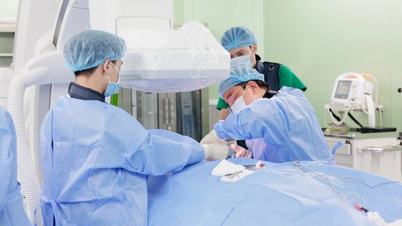
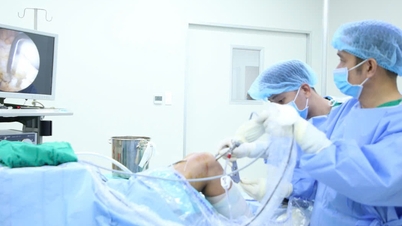


































































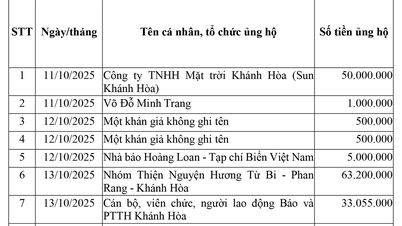




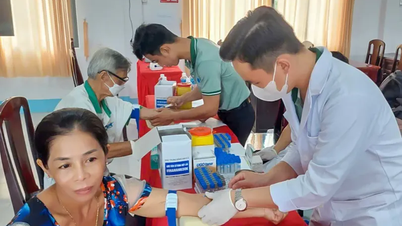



















Comment (0)